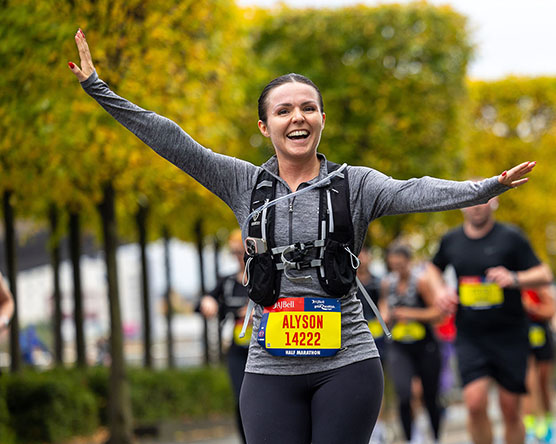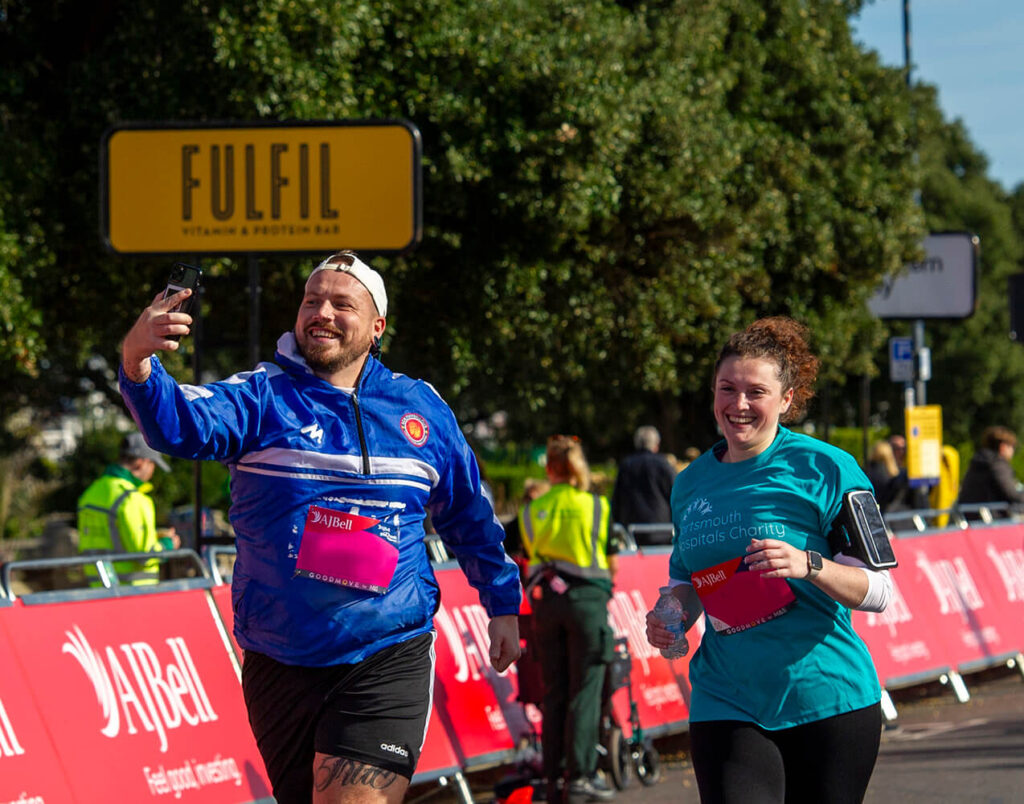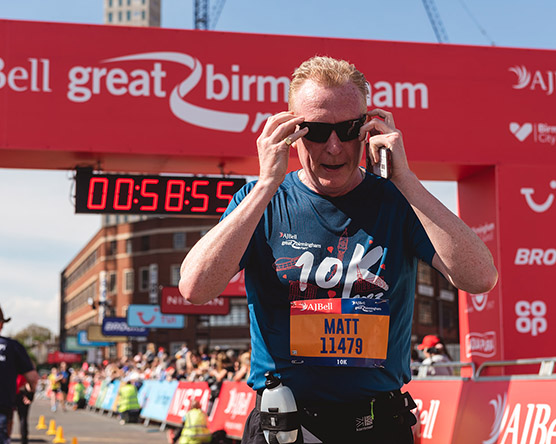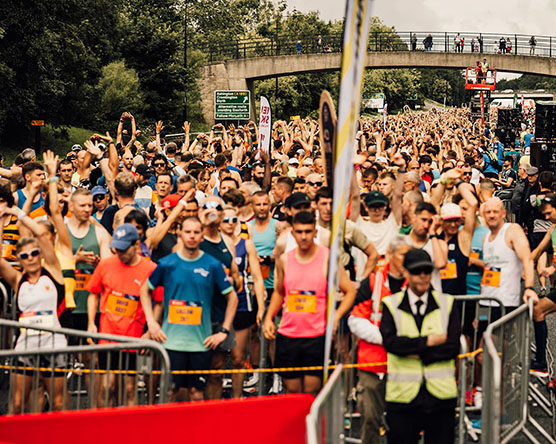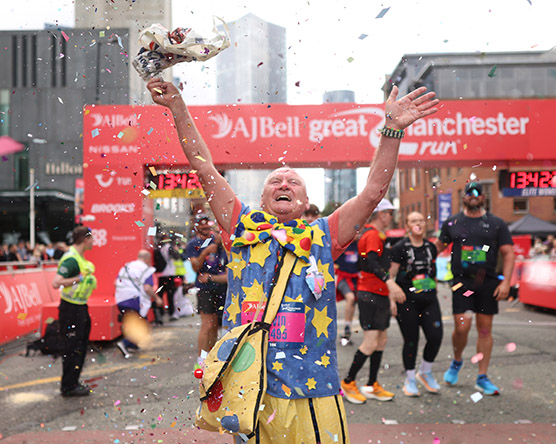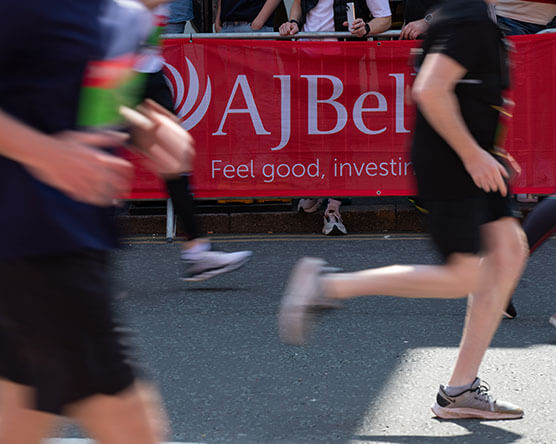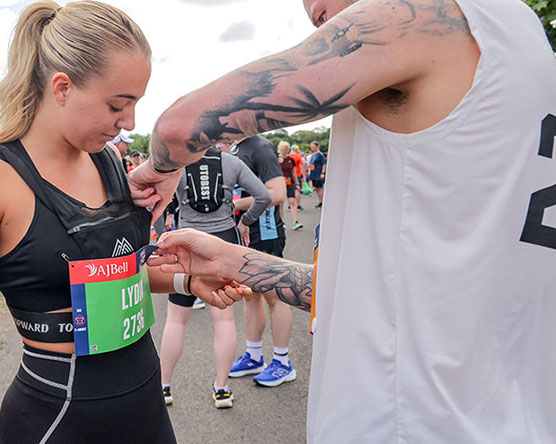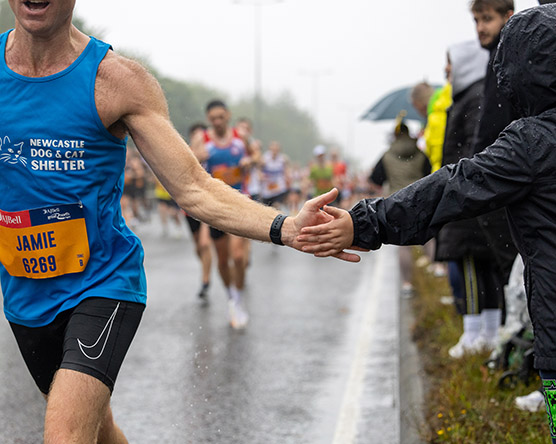The conversation around menstruation has opened over the past few years, with increasingly high-profile athletes speaking out about how periods affect their performance. As a professional athlete, Great Run Ambassador, Eilish McColgan, knows firsthand the challenges of trying to balance training alongside her menstrual cycle, and the potential effects it can have on performance.
Here Eilish shares her tips and advice around running throughout your menstrual cycle.
Running and periods
Running while on your period can certainly be a challenge, and whilst there will never be a one-size-fits-all way to deal with your menstrual cycle, there are a few adjustments you can make so you can continue to enjoy your running routine.
Some months it’s manageable for me, other times it’s unbearable. To try and run, or at least perform to the best of my ability, is an almost impossible task. There are a few small things I do to try and reduce my symptoms while training and in the run-up to a big competition or race.
Track your cycle: Keeping track of my menstrual cycle and understanding my symptoms helps to identify patterns and prepare in advance for any potential discomfort. Tracking your periods, so you know which phase you’re in, can help you plan a training schedule to get the most from your body at that time.
Reduce gym work: It’s really important for me to try and avoid any unnecessary injuries heading into racing due to my cycle. Everyone feels different in the phases of the menstrual cycle. Adapt the duration and intensity of training sessions based on how you feel at that moment.
Warm-up and stretch: Gentle stretches can help relieve any tension or discomfort caused by menstrual cramps. Reduce the risk of injury by always warming up well and not overstretching after exercise. The hormone that loosens ligaments and tendons is raised during your period so if you overdo stretches, you may risk injury.
Stay hydrated: Proper hydration can help reduce cramping and keep your energy levels up during your run. The core body temperature is higher during your cycle so everything can feel like more of an effort and that’s when staying hydrated becomes more important.
Listen to your body: If you experience excessive pain or discomfort, it’s okay to take it easy and modify your running intensity or distance. Listen to your body’s signals and adjust your workout accordingly – dial down the intensity of workouts for a few days if needed.
A few years ago, I made the mistake of training too hard during a certain phase of my cycle and ended up tearing my hamstring. It was a lesson I learned the hard way.




